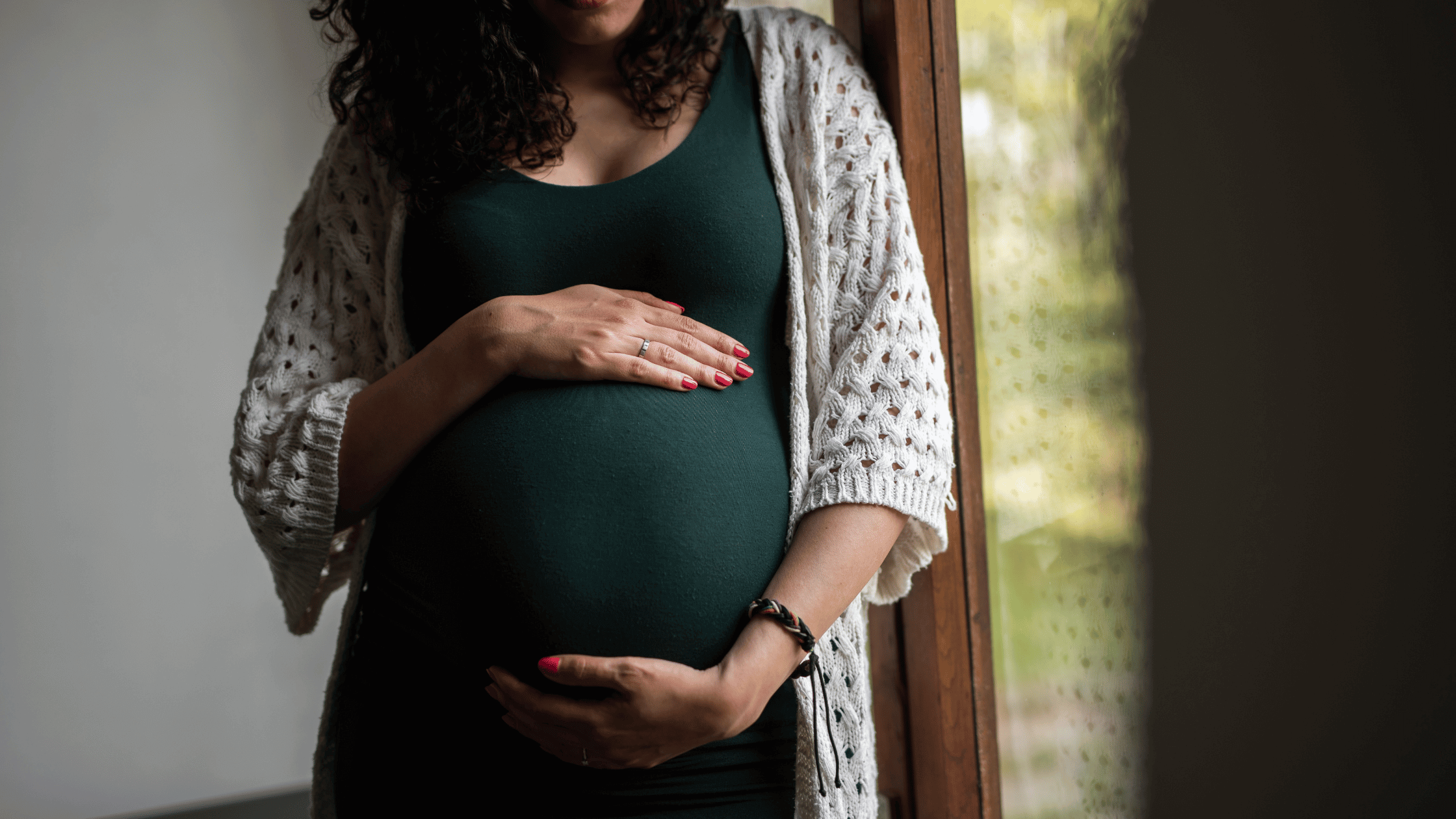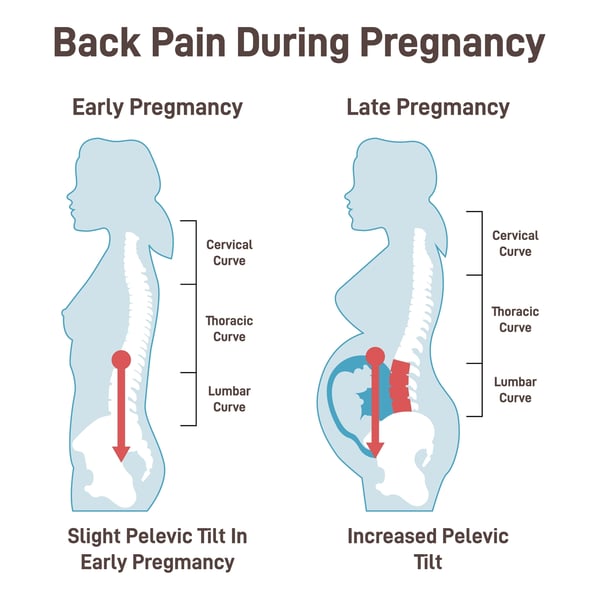Restoring Your Posture After Birth: Realigning Your Body and Enhancing Wellness

Licensed Physical Therapist, PT, DPT // OCS Orthopedic Certified Specialist // Certified Dry Needling Specialist // EW Motion Therapy Homewood
Pregnancy is a profound journey that brings about life-changing experiences and significant physical alterations. One of the most notable changes is the transformation in posture. As a mother embraces new life, her body adapts remarkably, often leading to postural adjustments that can persist after birth. Understanding these changes and correcting your posture postpartum is vital for long-term health and comfort. Our women’s health team at EW Motion Therapy loves helping new moms correct their posture so they can get back to their favorite activities and best care for their babies. Even if you decide not to pursue physical therapy with us, let’s explore the effects of pregnancy on posture, the importance of postural correction after childbirth, and the role physical therapy can play in this essential recovery process.
How pregnancy affects your posture
The shift in balance and alignment
During pregnancy, the body undergoes a cascade of changes designed to accommodate and nurture the growing baby. As the belly expands, the center of gravity shifts forward, which can tilt the pelvis and arch the lower back, a condition known as lordosis. This curvature can strain the lumbar spine, leading to discomfort and a permanent change in posture if not addressed.
Muscular adjustments and relaxation
Hormonal fluctuations, particularly the increase in relaxin, cause the ligaments to loosen, preparing the body for childbirth. While this is a natural and necessary process, it can result in less stability in the joints post-birth, affecting posture and joint balance. The abdominal muscles, stretched to support the baby's weight, may weaken, diminishing core strength crucial for proper posture.

Why correcting posture after birth is crucial
Alleviating pain and preventing chronic issues
Correcting postural misalignments after giving birth is not merely a cosmetic concern; it is integral to preventing chronic pain and musculoskeletal issues. Poor posture can lead to back pain, neck stiffness, and shoulder tension. By addressing these postural changes early, new mothers can alleviate immediate discomfort and deter long-term health complications.
Restoring good posture is also essential for a mother’s recovery process. It allows for better breathing patterns, enhances core stability, and improves overall movement efficiency. This recovery is about returning to pre-pregnancy form and adapting to new physical demands, such as lifting and carrying the baby, which require strength and alignment to perform safely.
Physical therapy: a path to postural correction
Assessment and personalized care plans
Physical therapy offers a structured and scientific approach to correcting postural issues postpartum. A physical therapist can thoroughly assess a mother's posture, strength, and flexibility and develop a personalized care plan. This plan typically includes targeted exercises to strengthen the core, improve flexibility, and enhance overall body alignment.
Guided exercises and techniques
Physical therapists are experts in guiding new mothers through safe and effective exercises for postpartum recovery. They can teach techniques to activate the core muscles, such as the transverse abdomini, which are fundamental in regaining postural stability. They can also provide strategies to incorporate good posture into daily activities, making it a habit rather than a chore.
Long-term posture management
In addition to immediate postural correction, physical therapy can educate mothers on long-term posture management. This includes ergonomic advice for baby care, lifting techniques, and even breastfeeding positions to prevent strain. The goal is to embed good practices into daily routines, ensuring sustained postural health and supporting an active, pain-free lifestyle.
Strategies for postpartum posture correction
Strengthening core muscles
One of the most effective ways to correct posture after birth is through strengthening the core muscles. Simple exercises such as pelvic tilts, bridges, and modified planks can gradually rebuild strength in the abdominal region. It’s essential, however, to start these exercises under professional guidance to prevent injury.
Stretching and flexibility work
Stretching plays a pivotal role in postpartum recovery. It can relieve the tightness in the back, shoulders, and neck that often comes with nursing and caring for an infant. Under a therapist’s guidance, yoga and Pilates can be particularly beneficial in restoring flexibility and promoting relaxation.
Mindfulness and body awareness
Being mindful of body positioning throughout the day is crucial. Whether sitting to feed the baby, picking up toys, or carrying a car seat, awareness of spinal alignment and using the legs rather than the back to lift can make a significant difference. Physical therapy can provide techniques to enhance body awareness and correct posture without strain.
Posture correction after birth is not a sprint; it's a marathon that requires patience and dedication. New mothers can confidently embark on this journey by understanding how pregnancy affects posture, recognizing the importance of correcting it, and utilizing physical therapy. Remember, the goal is not just to return to a pre-pregnancy state but to embrace a new level of wellness that will support a mother’s well-being as she navigates the challenges and joys of motherhood.
With the right strategies and physical therapy support, new mothers can reclaim their posture and move forward with strength and grace. Our women’s health team at EW Motion Therapy are experts at helping their clients correct posture and best take care of themselves and their new baby. If you had a C-section and are curious about how to properly care for your scar, click the button below to download our free guide.


